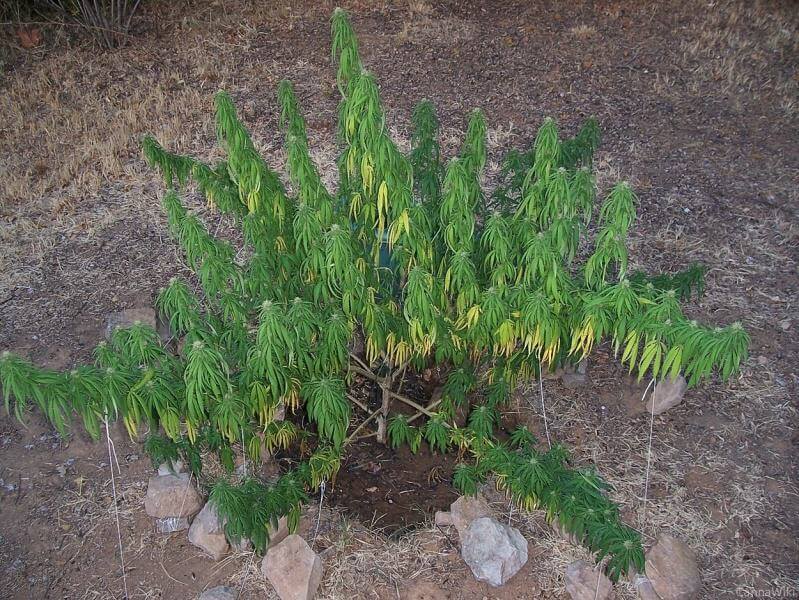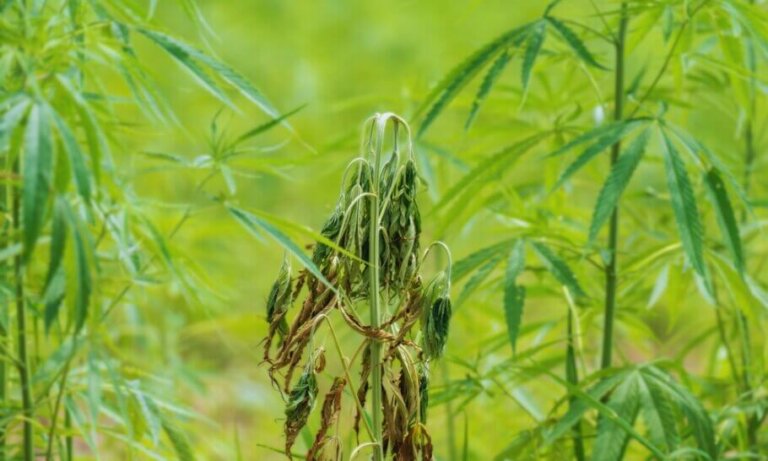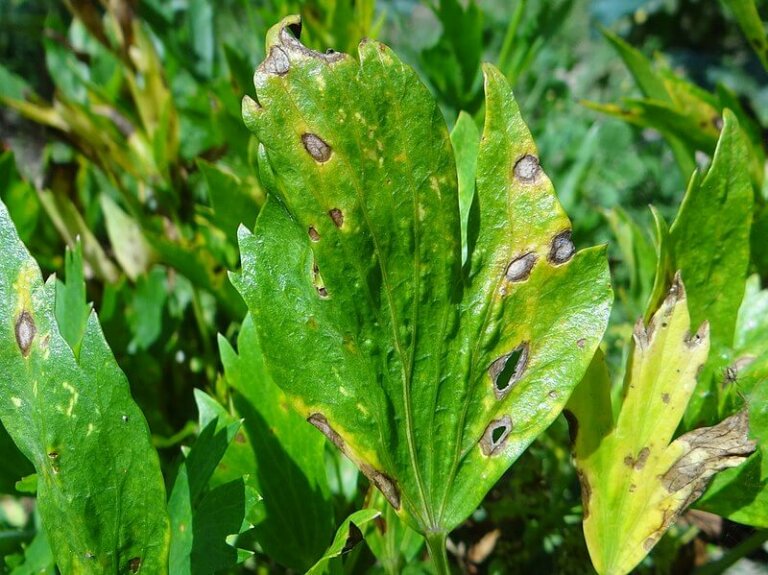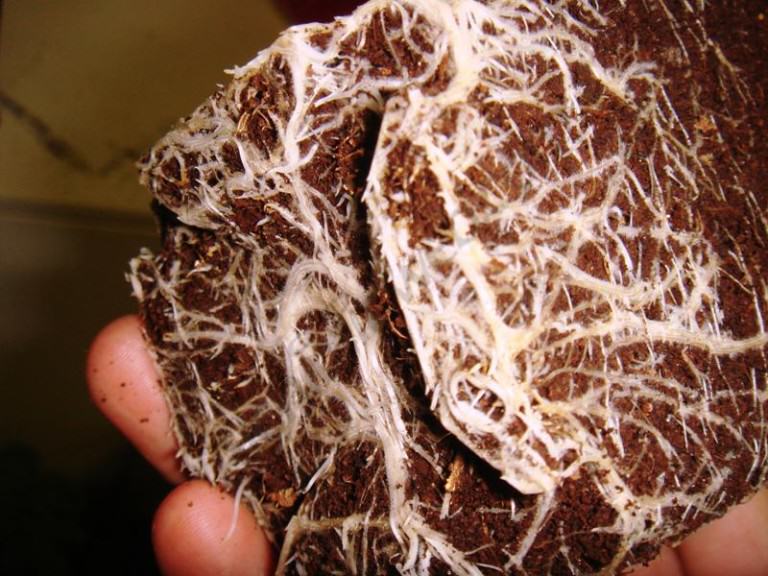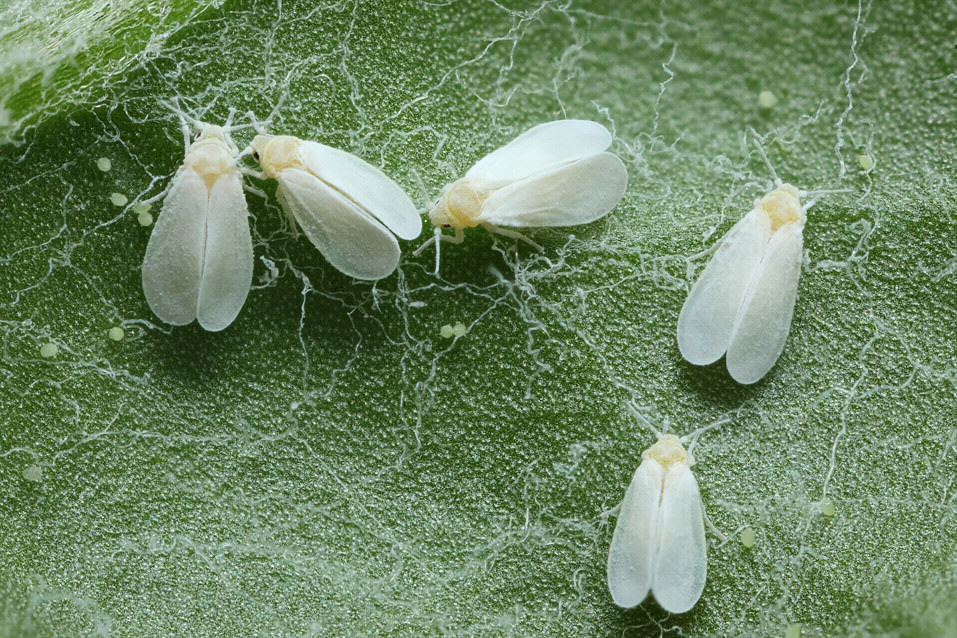Erwinia, what is it and how does it affect plants?
List of contents
In the vast kingdom of microorganisms, Erwinia emerges as a genus of bacteria in the family Erwiniaceae that has captured the attention of scientists, farmers and biotechnologists alike. Although some strains of Erwinia have been recognized for their pathogenic role in plants, others have proven to be allies in industrial production and scientific research, a fact that only increases interest in it.
Today we invite you to learn in more detail what Erwinia is and how it affects crops, exploring everything from the symptoms of infection that plants present to its impact on agriculture or how to prevent and treat it.
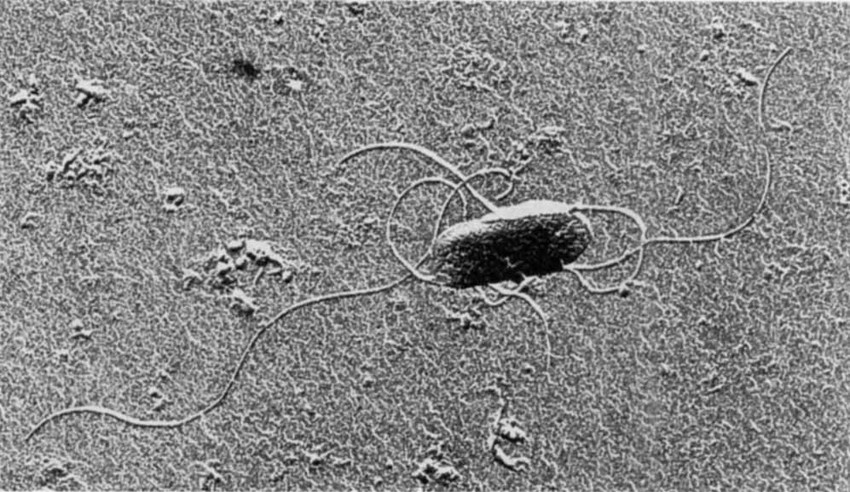
What is Erwinia?
Erwinia, as a bacterial genus, has been the subject of research throughout the last century, and its discovery is attributed to several scientists in different contexts. It is commonly accepted that the name of the genus Erwinia was initially proposed in homage to the American phytopathologist Erwin Frink Smith, one of the first to point to bacteria as responsible for many plant diseases.
However, the broader recognition of Erwinia's importance in phytopathology (the study of plant diseases) occurred thanks to another scientist. In the 1910s, a German scientist named Fritz Klement conducted research on the bacteria that causes fire blight in plants, and it was he who named and described the species Erwinia amylovora. This discovery was instrumental in understanding the nature and implications of bacterial infections in agricultural crops.
Broadly speaking, Erwinia is a genus of gram-negative bacteria (they are negative in the Gram stain test) that includes several plant pathogenic species and some that can even cause diseases in humans. The best-known species is the aforementioned Erwinia amylovora, responsible for the disease known as fire blight, which mainly affects plants in the Rosaceae family, such as apple and pear trees.
It is worth mentioning that there are several species within the Erwinia genus, and not all of them are pathogenic for plants. In addition, some strains of Erwinia have been studied for their potential use in biotechnology and in the production of chemical substances of industrial interest. As far as cannabis is concerned, it seems that the only species that affects it is Erwinia tracheiphila, responsible for the disease called bacterial wilt.

Symptoms of Erwinia in plants
In plants, Erwinia infections can cause quite diverse symptoms such as wilting, necrosis, or the aforementioned fire blight, which causes a "burned" appearance on branches and leaves. These are some of the most common symptoms in plants infected by this bacteria:
- Wilting and chlorosis: Plants affected by Erwinia often show initial symptoms of wilting in the leaves and a change in leaf color, manifested as chlorosis. This loss of turgidity in the leaves is a distinctive sign of infection.
- Necrosis in branches and shoots: As the infection progresses, necrosis or cell death is observed in the affected branches and shoots. This symptom often gives the affected parts a withered and dry appearance.
- Burn-looking lesions: Specifically in the case of fire blight, a disease caused by Erwinia amylovora, the affected areas may show lesions that resemble burns. These lesions can expand rapidly and give the plant a charred appearance.
- Bacterial secretion: In some Erwinia species, bacteria may be secreted in visible exudates that often resemble a slimy substance. This phenomenon can be observed in the affected areas of the plants.
- Presence of bacterial gum: In certain cases, infected plants can develop bacterial gum, which is a sticky, watery exudation. This gum may contain bacteria and is commonly associated with Erwinia infection.
- Rapid whole plant wilting: As the disease progresses, rapid, widespread wilting of the plant may occur. This can lead to the death of the plant in a short period of time.
- Formation of pustules and lesions on fruits: In some cases, Erwinia infection can also affect fruits, manifesting as the formation of pustules and lesions. This can result in a loss of crop quality.
- Systemic spread of disease: Erwinia can spread systemically through the plant's vascular system, affecting multiple organs and causing extensive damage.
As is always the case, identifying these symptoms early is essential to be able to implement effective control and prevention measures against diseases caused by this type of bacteria. Otherwise, if you let the infection progress unchecked, the plants can be seriously damaged and ruin your efforts.
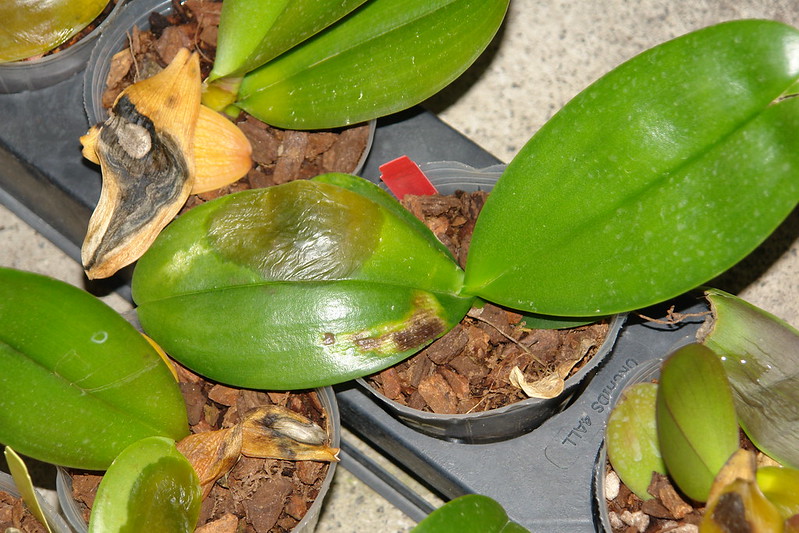
Soft Rot, a disease caused by Erwinia
The process known as "soft rot" is caused by bacteria of the Erwinia genus, such as Erwinia carotovora and Erwinia chrysanthemi. It is a destructive phenomenon that affects numerous plants and plant products. Although it does not seem to affect cannabis, at least significantly, it is a real problem in orchards and gardens, which is why it is worth mentioning in this post.
The soft rot process caused by Erwinia begins, of course, with an initial infection, when the bacteria penetrate into the plant tissue, often through wounds in the plant caused by insects, farm machinery, pruning cuts, or other injuries. Once the bacteria have entered the plant tissue, they secrete pectolytic enzymes that break down the cell walls of the plant cells (these enzymes have the ability to degrade pectin, a substance that holds plant cells together).
The action of these pectolytic enzymes causes the breakdown of cells, resulting in the formation of soft, watery areas in the infected tissue. These soft areas are a distinguishing feature of soft rot. As decomposition progresses, affected areas acquire a watery texture and abnormal coloration, often appearing soggy and discolored. Furthermore, the decomposition of these plant tissues can generate volatile compounds with a foul and unpleasant odor. This characteristic odor is another sign of infection.
This disease tends to spread rapidly through plant tissue, affecting large areas of the plant in a short period of time. This can lead to the rapid decomposition of plant organs, such as tubers, bulbs, or fruits. As the infection progresses, the continued breakdown of cell walls weakens the structure of the plant tissue, leading to the structural collapse of the infected plant.
Bacteria of this type release bacterial cells and enzymes into the environment during the decomposition process. This can facilitate the spread of the disease to other plants and surrounding areas, further increasing the danger of infection of nearby plants. This phenomenon can have devastating consequences on agricultural production and the conservation of plant products, as it can cause significant losses both in harvests and during food storage.
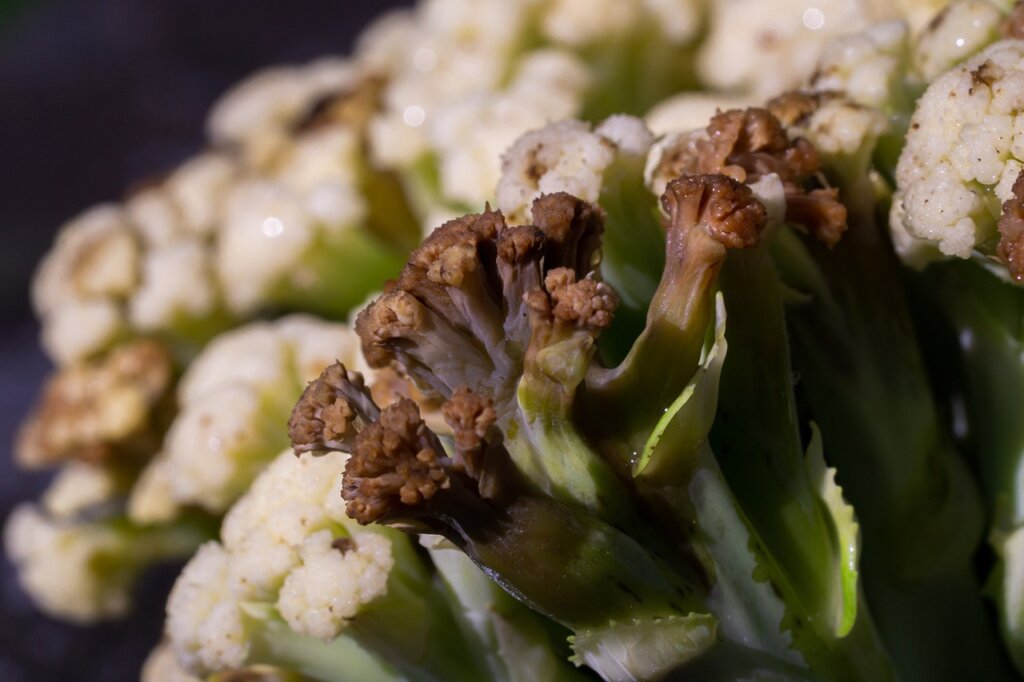
Factors that favor the appearance of Erwinia
Like most pests and diseases that affect cannabis, the appearance and spread of Erwinia in plants is influenced by several factors, and its development can be linked to specific conditions, both climatic and related to the crop itself. These are some of the factors that favor the appearance of Erwinia:
- Warm, humid temperatures provide an environment conducive to the growth and proliferation of Erwinia. These conditions are especially favorable during warm seasons and in geographic areas with temperate climates.
- Plants with wounds, whether caused by pruning, insects, or other factors, are more susceptible to Erwinia infection. Bacteria can enter through these wounds, establishing infection.
- Excess moisture in the soil and in the plant environment favors the development of Erwinia. Poorly drained soils can create ideal conditions for bacterial growth.
Overwatering cannabis plants
Overwatering is a frequent error that must be taken into account when you start growing cannabis and want to avoid losing many seeds or plants during cultivation. Learn how to prevent sudden deaths due to an excess of water when growing marijuana.
- The presence of contaminated plant material, such as residues from previous crops or remains of infected plants, can serve as a source of inoculation for new plantations.
- Some insect species, such as aphids and beetles, can act as vectors, transporting bacteria from one plant to another. This facilitates the spread of the disease in agricultural areas.
- Agricultural practices that promote moisture accumulation, such as excessive irrigation or very dense planting, may increase the risk of Erwinia infection.
- Some plant varieties are more susceptible to Erwinia infection than others. Choosing resistant varieties can help reduce the risk.
- Lack of crop rotation can increase the presence of Erwinia in the soil, as the bacteria can persist in plant remains from previous crops.
Understanding these factors is crucial to implementing appropriate management practices and control strategies that reduce the risk of infection and minimize the impacts of Erwinia in agriculture and horticulture.
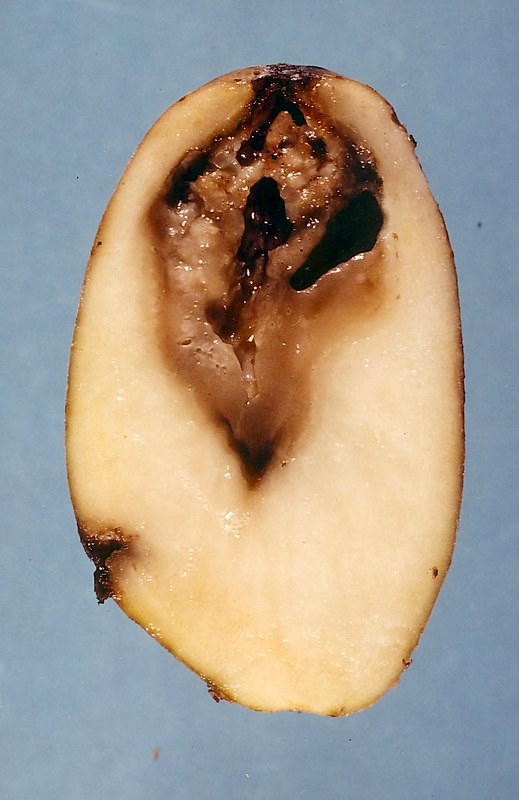
Prevention and control of Erwinia
The management and control of Erwinia in plants involves a combination of cultural practices, preventive measures and, in some cases, the use of chemical treatments. Here are some common strategies for combating Erwinia:
- Crop rotation can help reduce bacterial buildup in the soil by changing plant hosts and limiting food availability for bacteria.
- Removing and destroying infected plant remains after harvest helps reduce the source of bacterial inoculum for the following season.
- Avoid excessive irrigation that could create conditions conducive to the development of Erwinia. Good drainage reduces moisture in the soil.
- Planting and spacing plants appropriately helps improve air circulation, thereby reducing humidity and minimizing opportunities for the spread of bacteria.
- Opting for Erwinia-resistant plant varieties can be an effective strategy to reduce susceptibility to infection.
- Disinfecting pruning tools and other farm equipment between plants or plots with isopropyl alcohol can help prevent the spread of the bacteria.
- In severe cases, chemical treatments, such as antibiotics or phytosanitary products, can be applied to control the spread of Erwinia. However, the use of these products must be carried out following local recommendations and regulations to minimize environmental and resistance impacts.
- Some biological control agents, such as Erwinia-specific bacteriophages, are being investigated as possible tools to combat the bacteria selectively and without negative environmental impacts.
- Carry out continuous monitoring of cultures to detect early signs of infection and take quick measures if the presence of Erwinia is identified.
It is important to note that control strategies may vary depending on the affected plant, environment, and climatic conditions. An integrated approach that combines several of these measures may be more effective in the long-term management of Erwinia.
Sources consulted:
- A review of Cannabis diseases, J. M. McPartland
- The soft rot Erwinia, Amy O. Charkowski
- Erwinia alni, a New Species Causing Bark Cankers of Alder (Alnus Miller) Species, Giuseppe Surico, Laura Mugnai, Roberta Pastorelli

















































